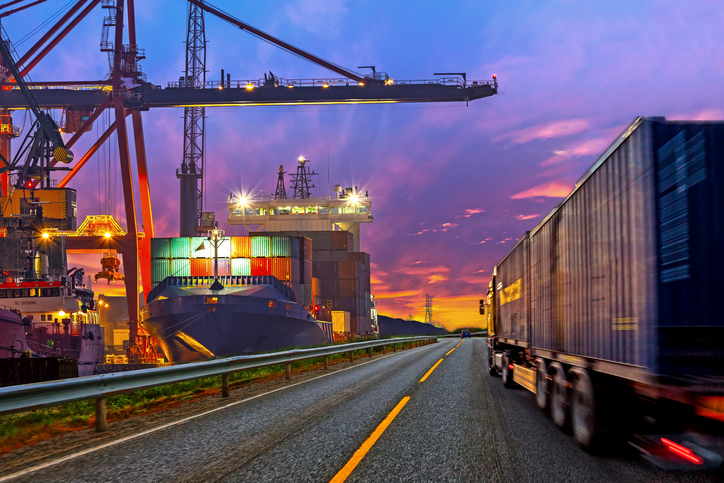
The Weekly Roar
In this week’s Roar: sky-rocketing container rates, ILA contract negotiations have stalled, UK and EU trade relations, sustainability no longer a priority, and the concept of extreme scenario planning.
Container shipping rates have doubled since February in some key lanes and continue to rise — but remain well below the peak reached during the pandemic. Rising rates are leading to frustration among importers and raising concerns about a cost bubble. The main reason for the increase is, not surprisingly, the continued closure of the Suez Canal due to attacks by Yemeni rebels, forcing ships to take a longer route around Africa which is creating a need for more ships and delays. The issues are not new but their impact on cost and capacity is spiking. While some believe the hike is temporary and will fall back early next year, others are worried rates will continue to rise.
 Negotiations for a new contract between the International Longshoremen’s Association (ILA) and the United States Maritime Alliance (USMX) have stalled, raising the possibility of a strike at East and Gulf Coast ports. They’re citing unresolved issues over automation and jurisdiction disputes, particularly with Maersk’s APM Terminals. With <80 days left on the current contract, the ILA insists it won’t extend the deadline or accept external mediation, including from the Biden administration.
Negotiations for a new contract between the International Longshoremen’s Association (ILA) and the United States Maritime Alliance (USMX) have stalled, raising the possibility of a strike at East and Gulf Coast ports. They’re citing unresolved issues over automation and jurisdiction disputes, particularly with Maersk’s APM Terminals. With <80 days left on the current contract, the ILA insists it won’t extend the deadline or accept external mediation, including from the Biden administration.
The new UK government is trying to improve trade relations with the EU, focusing on reducing barriers and ensuring smoother logistics. The country’s relations minister is negotiating to delay the EU’s new Entry and Exit System (EES), which is set for October and could cause significant supply chain disruptions. Both Logistics UK and the British Ports Association are in support of the government’s efforts to align UK regulations with EU standards, as it would ease trade while addressing concerns about border infrastructure investments.
There are recent reports indicating sustainability is no longer a top priority for supply chain management leaders, despite its importance. Sustainability efforts, particularly green and circular supply chains, are no longer a priority in the face of concerns like rising costs (identified by 47% of respondents as their top concern), supply shortages, and cybersecurity threats. While awareness of evolving environmental, social, and corporate governance (ESG) regulations remain, implementing sustainability initiatives is challenging. Instead, organizations are focusing more on digitization and technology investments to improve supply chain resilience and visibility.
Supply chain resilience in the face of potential disruptions should always remain a priority for companies. But, how should industrial supply chains prepare for the future? Accenture and Oxford Economics have devised an approach called extreme scenario planning that involves considering both positive and negative—”progressive and regressive”—extremes of five factors that could affect supply chains. These are climate change, global trade, resource availability, technology adoption, and the workforce. The method is said to help businesses identify immediate actions, prepare for unseen disruptions, and more.
For the rest of the week’s top shipping news, check out the article highlights below.









